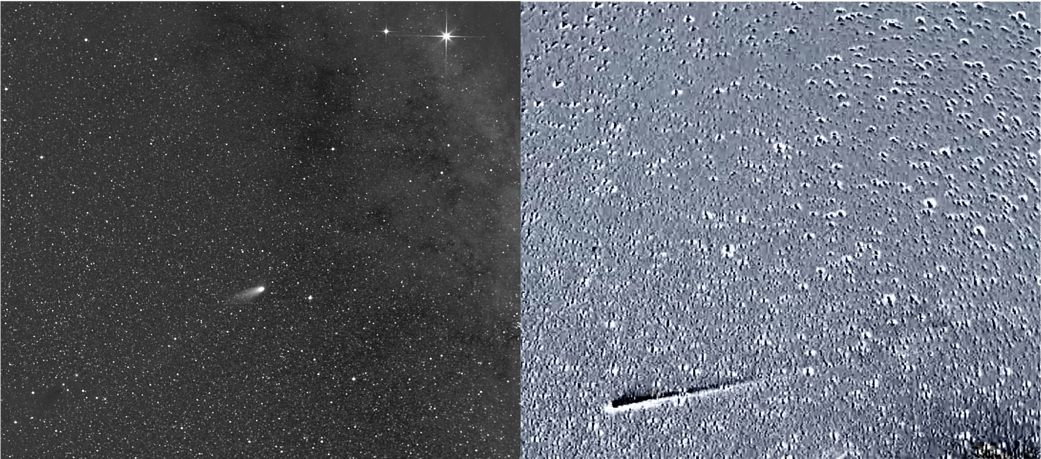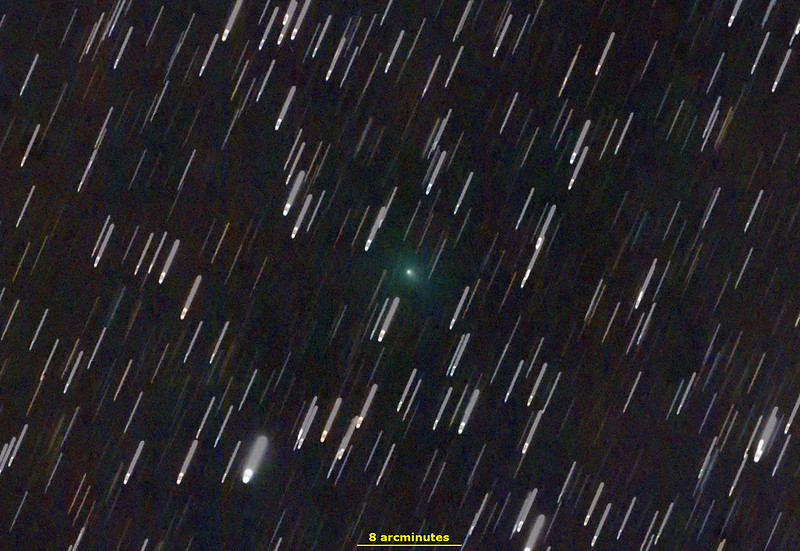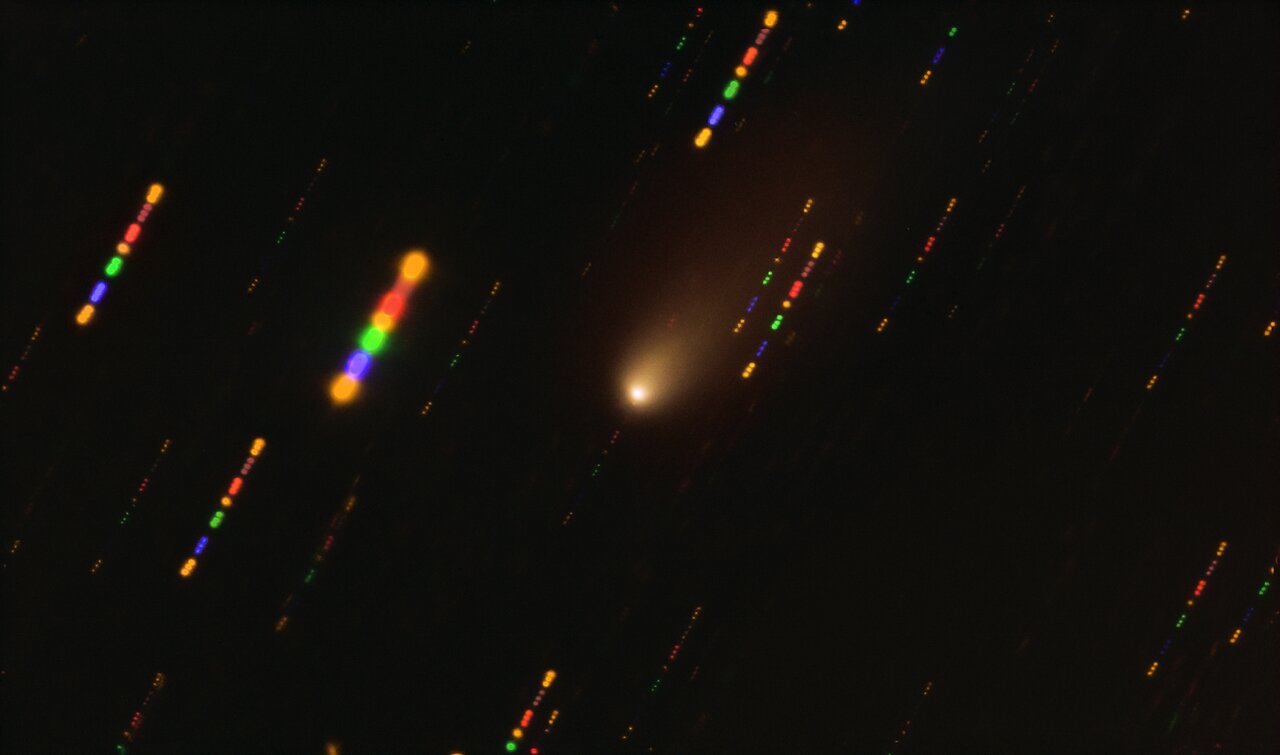The new movie “Don’t Look Up” — now available on Netflix — is not your usual sci-fi disaster film. Instead, it is a biting parody on the general public’s dismissal and indifference to science. While the movie is about a comet on a collision course with Earth, filmmakers originally meant “Don’t Look Up” to be a commentary on climate change denial. But it also is reflective of the current COVID denial and mask/vaccine resistance, as well as our existing political polarization. It also lays bare our preoccupation with social media. While the movie is sometimes funny, it can also be depressing and frustrating.
Continue reading “The Real Science Behind the Movie “Don’t Look Up””The Real Science Behind the Movie “Don’t Look Up”










